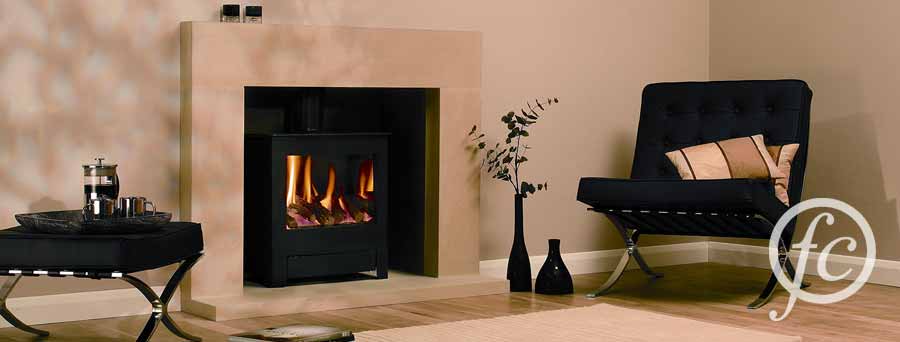- What is Carbon Monoxide? Carbon Monoxide (CO) is a gas that is slightly lighter than air, it is colourless, odourless and tasteless. It is also highly toxic in higher concentrations.
- Where does it come from? Simply, it forms when there is insufficient oxygen to produce Carbon Dioxide.
- How dangerous is Carbon Monoxide? It is a killer. It is estimated up to 50 people a year die after inhaling Carbon Monoxide and many more are injured.
- What are the symptoms of Carbon Monoxide poisoning? Common symptoms include headache, nausea, vomiting, dizziness, fatigue and weakness. Neurological symptoms may include confusion, disorientation, visual impairment and seizures. Prolonged exposure and exposure to larger doses will lead to coma and death.
- What appliances can produce Carbon Monoxide? Any gas appliance which has not been fitted or maintained correctly, eg boilers, ovens, cookers. Also any device which burns oil or solid fuel (coal/wood) can also be affected.
- How do you prevent Carbon Monoxide being produced by your appliance? Find a reliable Gas Safe Registered professional to install any gas appliances. For solid fuel, your fitter needs to be HETAS approved. And get your appliances professionally serviced every year.
- How do you detect Carbon monoxide? It is very difficult to recognise (see first point) when an appliance is producing Carbon Monoxide. The best thing you can do is to fit an audible Carbon Monoxide detector (from Oct 2010 it is a legal requirement to have a Carbon Monoxide detector in the same room as a wood or multi-fuel burner from installation). The Gas Safe Register has also identified some signs which may mean an appliance is at risk, these are: yellowy/orange cooker flames (they should be blue); brown/yellow staining on or around the appliance; boiler pilot lights which frequently go out; more condensation in the windows than usual.

